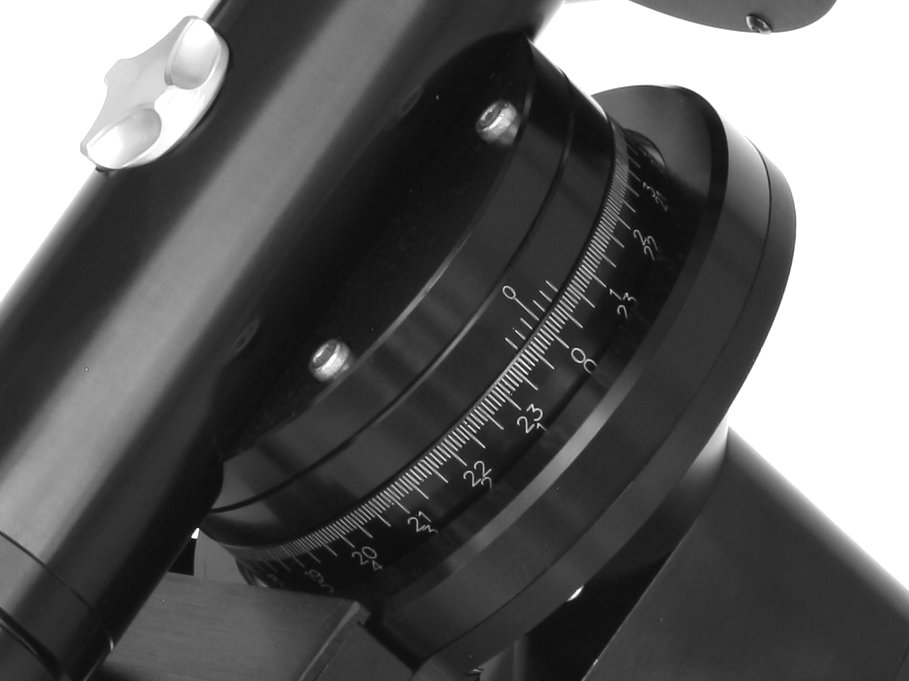

It is the object on the upper right corner and it is one of the largest know planetary nebulas. These lobes are tidal tails which indicate this galaxy has suffered strong gravitational interactions somewhere in its past.įinally, the Longmore-Tritton 5 (aka LoTr5) nebula.

This galaxy is strongly interacting with its neighbour NGC 4747, also known as Arp 159, the lobated galaxy on the right of NGC 4725. This cosmic landscape features NGC 4725 (the largest galaxy), anintermediate barred spiral galaxy with only one arm, giving rise to an interesting ring structure and located at about 40 million light years from us. :) Nonetheless, I found this set of objects quite interesting and not so often photographed, so decided to give it a go. Better said than done, as galaxy season was still dominant, I could only photograph from my Bortle 7 sky and my telescope’s focal length is still fairly short. Last May I had some cloudless nights and decided to go a bit off the beaten track. Shot at Santa Susana, Portugal (Bortle 4) on June 10th, 2022.Īcquired with N.I.N.A. These type of contracting nebulas are called Bok globules. Interestingly, these two nebulas are compact and are becoming denser, meaning they may collapse and become a star. Despite the amount of stars in our galaxy, between Barnard 68 (located at 500 light years - about 5’000’000’000’000’000 km) and us, no single visible star exists. The second one is Barnard 68, the dark globule in the center. In dark skies, can be visible at naked eye. It is located at 650 light years and has the apparent size of the full Moon. The first one is Barnard 72, also known as Snake Nebula, the S shaped structure in the bottom right. Two interesting nebulas are visible here. Against this background dark nebulas, mostly comprised of gas and dust particles, absorb the light passing through it, rendering its dark look. In this landscape we are looking to the central bulge of our own galaxy and a shroud of billions of stars cover the whole frame - the majority can’t be resolved and therefore only patches of light are visible. Why isn’t the sky dark around these stars?


 0 kommentar(er)
0 kommentar(er)
